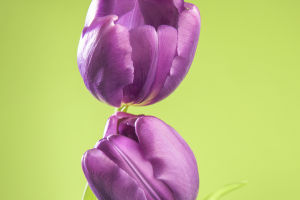Dandelion
The dandelion is a herbaceous plant widely distributed around the world. Its resilience and unique characteristics make it one of the important plants in nature.
This article will provide a detailed introduction to the dandelion’s basic features, growth environment, ecological functions, and medicinal value.
1. Basic Characteristics
The dandelion is a perennial herb with deep green, deeply lobed leaves that have serrated edges. Its flower heads are umbrella-shaped with bright yellow petals that bloom vividly in spring and summer.
After flowering, dandelions form spherical seed heads, which are the plant's characteristic "flying devices"—a cluster of seeds. Each seed has a tuft of white fluff at the top, which helps the seed to disperse through the wind, allowing it to spread over greater distances.
2. Growth Environment
Dandelions have a strong adaptability and can grow in various environmental conditions.
From city parks to meadows, from hillsides to roadways, dandelions are commonly seen. They typically grow in sunny areas but can also survive in partially shaded environments. The dandelion's root system is deep and extensive, allowing it to absorb sufficient water and nutrients from the soil. Even in poor or compacted soil, dandelions can grow vigorously.
3. Ecological Function
Dandelions are not just ordinary plants; they play an important role in ecosystems. First, the nectar from dandelion flowers is a vital food source for many bees and other insects.
Especially in early spring, dandelion flowers are a key source of energy for bees. Additionally, dandelion roots help prevent soil erosion and enhance soil stability. Their deep root system also brings nutrients from deeper soil layers to the surface, improving soil fertility.
Dandelion seeds are dispersed by the wind, allowing them to quickly colonize new areas. This characteristic enables dandelions to rapidly restore damaged ecosystems, creating conditions conducive to the growth of other plants.
4. Medicinal Value
Dandelions have a long history of use in herbal medicine. Various parts of the dandelion—leaves, flowers, and roots—are considered to have medicinal value.
1. Leaves: Dandelion leaves are rich in vitamins A, C, and K, as well as minerals like potassium, calcium, and iron. They have diuretic properties that help promote urine production and detoxify the body. Dandelion leaves can also be used in salads and soups, adding nutritional value.
2. Flowers: Dandelion flowers are rich in antioxidants, such as flavonoids and polyphenols. These components help combat free radicals, slow down the aging process, and boost the immune system. Dandelion flowers also aid in improving liver function and promoting bile secretion.
3. Roots: Dandelion roots have heat-clearing and detoxifying effects. They are widely used in treating conditions like hepatitis and cholecystitis. Dandelion roots also promote digestion, helping to improve appetite and alleviate indigestion.
Conclusion
Dandelions are incredibly adaptable plants. They play a significant role in nature and hold considerable value in traditional medicine. Their widespread distribution and unique ecological functions make dandelions an indispensable part of our environment.


